Does My Child Have a Reading Problem? [presentation]
Are you concerned that your child may have a reading problem? Literacy Program Director at Sand Hill School Lisa Parnello MEd takes a closer look at reading difficulties. Read more ›
Are you concerned that your child may have a reading problem? Literacy Program Director at Sand Hill School Lisa Parnello MEd takes a closer look at reading difficulties. Read more ›
ADHD appears in different ways and can definitely result in struggles at school for affected kids. If you have kids in your classroom who are easily distracted, have a hard time paying attention, trouble controlling behavior or are nonstop talkers, CHC’s Lisa Parnello MAEd offers suggestions and practical classroom strategies. Read more ›
In this Community Educations session for educators, UCSF School of Medicine’s Dr. Fumiko Hoeft discusses:
– The resilience framework of dyslexia
– Cognitive resilience
– Socio-emotional resilience
Read more ›
 There are 13 categories that guide how disability is defined under the federal special education law known as the Individuals with Disabilities Education Act (IDEA). In order to be eligible for special education and related services as a “child with a disability,” a child’s educational performance must be adversely affected due to the disability. Read more ›
There are 13 categories that guide how disability is defined under the federal special education law known as the Individuals with Disabilities Education Act (IDEA). In order to be eligible for special education and related services as a “child with a disability,” a child’s educational performance must be adversely affected due to the disability. Read more ›
Sensory rooms are specially created environments created to provide an immersive sensory experience. For children on the autism spectrum, sensory rooms are designed to have a calming effect that reduces anxiety and improves focus.
This video is part of the Schools That Work series from Edutopia featuring Meriden Public Schools in Connecticut and the ways in which the district has redesigned its special education services. Read more ›
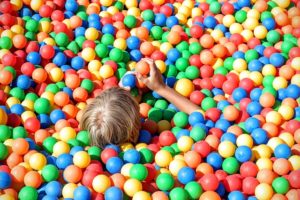 Sensory rooms not only help students with special needs feel more comfortable and empowered in the classroom, they may also keep them in their neighborhood schools, according to K-12 administrators.
Sensory rooms not only help students with special needs feel more comfortable and empowered in the classroom, they may also keep them in their neighborhood schools, according to K-12 administrators.
The carefully designed rooms may include dim lights to help students who are sensitive to light, weighted blankets to give them comfort or a swing they can gently rock on to become calm or spin in a circle for stimulation.
The Council for Exceptional Children says sensory rooms are getting popular in districts to help calm overstimulated or anxious students. Read more ›
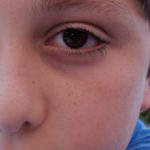 Students on the autism spectrum often find transitioning to new situations challenging. Parents and teachers can minimize the stress with some joint prep before school starts.
Students on the autism spectrum often find transitioning to new situations challenging. Parents and teachers can minimize the stress with some joint prep before school starts.
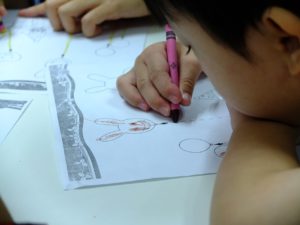 Many children have difficulty with reading, writing, or other learning-related tasks at some point, but this does not mean they have learning disabilities. A child with a learning disability often has several related signs, and these persist over time.
Many children have difficulty with reading, writing, or other learning-related tasks at some point, but this does not mean they have learning disabilities. A child with a learning disability often has several related signs, and these persist over time.
Each learning disability has its own signs. Also, not every person with a particular disability will have all of the signs of that disability. Read more ›
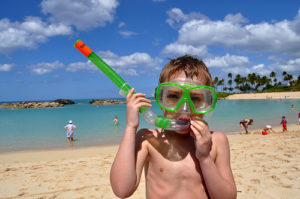 Written by Dr. Glen Elliott, CHC Chief Psychiatrist and Medical Director
Written by Dr. Glen Elliott, CHC Chief Psychiatrist and Medical DirectorSummer checklist: Sunblock…check. Beach towels…check. Medication…uncheck? Read more ›
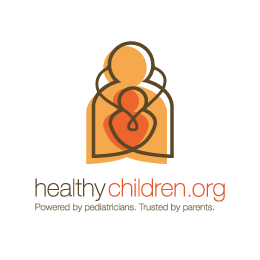 The American Academy of Pediatrics is an organization of 66,000 pediatricians committed to the optimal physical, mental, and social health and well-being for all infants, children, adolescents, and young adults. In 2009, the AAP launched HealthyChildren.org to provide parents with health information from a trustworthy source.
The American Academy of Pediatrics is an organization of 66,000 pediatricians committed to the optimal physical, mental, and social health and well-being for all infants, children, adolescents, and young adults. In 2009, the AAP launched HealthyChildren.org to provide parents with health information from a trustworthy source.
Read more ›